Frogs that can freeze their bodies and 6 other crazy ways that animals survive their treacherous environments
Wood frogs freeze their bodies.

Kangaroo rats survive without ever drinking water.

Kangaroo rats have adapted to survive in the desert without ever taking a sip of water. Instead, they get all the moisture they need from the seeds that they eat. These critters also have incredible hearing and can jump up to nine feet, which helps them avoid predators.
Source: Arizona-Sonora Desert Museum
Antarctic fish have "antifreeze" proteins in their blood.
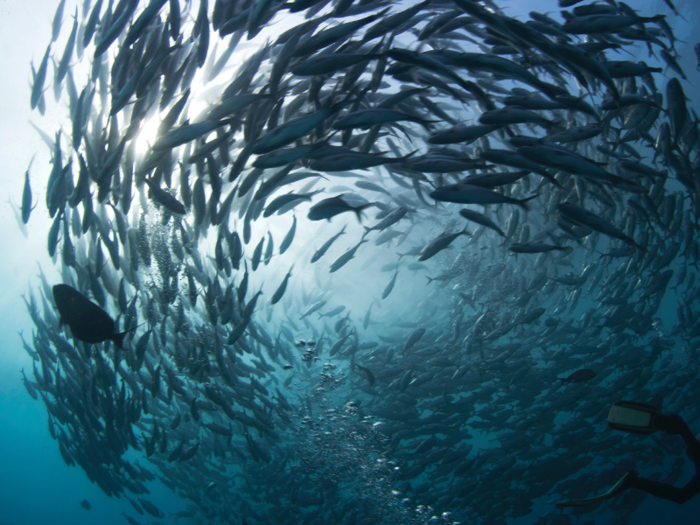
Five families of notothenioid fish make their own "antifreeze" proteins to survive in the frigid Southern Ocean encircling Antarctica. The proteins bind to ice crystals in their blood, preventing the fish from freezing. This adaptation that is so extraordinary that it helps explains why these fish make up 90% of the fish biomass of the region.
Source: National Science Foundation
African bullfrogs create mucus "homes" to survive the dry season.
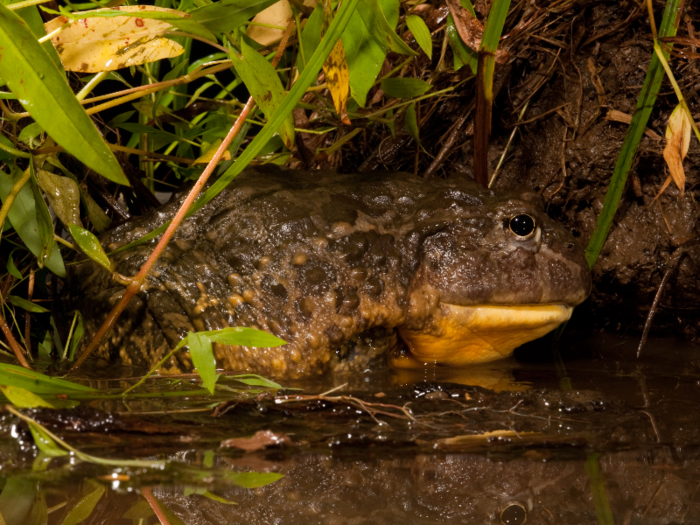
The African bullfrog lives in the savanna of Africa, where it gets very hot and dry. When a frog is out of the water, mucus on its skin helps it breathe by dissolving oxygen from the air. So, in order to prevent its skin from drying out in the hot African climate, the African bullfrog buries itself 6 to 8 inches underground. It then creates a mucus membrane, which hardens into a cocoon. The frog can stay in this cocoon for up to 7 years while it waits for rain. When rain does arrive, the moisture softens the mucus sac, waking the frog, and signaling the start of the rainy season — the time when the frog breeds and when it is the most active.
Source: The Amphibian.co.uk, Mental Floss
Cuttlefish blend into their surroundings.
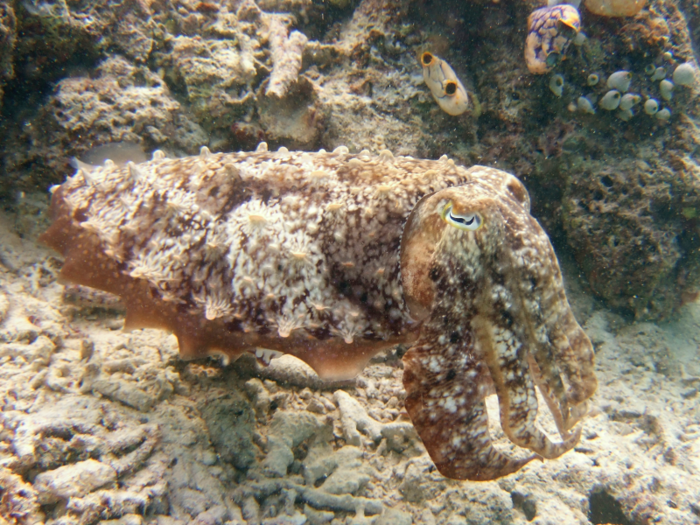
Cuttlefish have the amazing ability to change their color and texture in order to blend into their surroundings. They can detect how much light is being absorbed into the environment, then use that information to mimic it with their own pigments. They have 3 skin layers (yellow, red, and brown), which can be stretched in different ways to make unique colors and patterns. Their skin also has papillae, which let cuttlefish appear rigid, like coral. Together, these features allow cuttlefish to escape predators, as well as sneak up on unsuspecting prey.
Source: UWLax
Tubeworms turn toxic water into food.
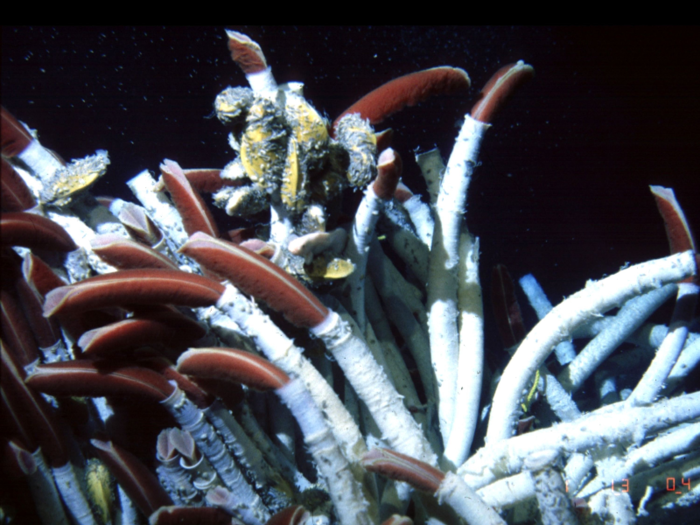
Scientists long thought that life couldn't exist at hydrothermal vents deep in the ocean. But in 1977, they found giant tubeworms living along the Galapagos Rift, 8,000 feet below the ocean's surface. These tubeworms are surrounded by total darkness in their habitat and they live in water filled with toxic gas and acid.
These creatures have no stomach, gut, or eyes. Instead, they are "bags of bacteria" with heart-like structures and reproductive organs. The bacteria inside the worms use the toxic hydrogen sulfide in the water, which would kill most other animals, as an energy source to produce carbohydrates.
Source: National Geographic
Okapi have scent-glands on their feet.
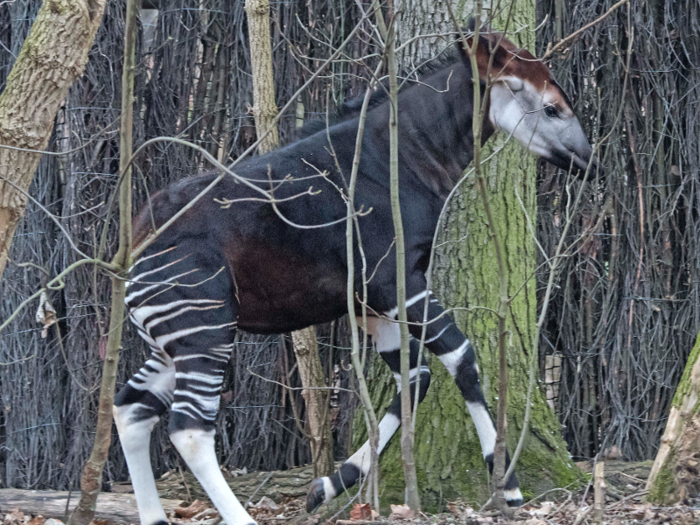
Okapi are strange animals that look like a combination of a giraffe and a zebra. They live in the Democratic Republic of Congo, where it's very hot and predators, such as leopards, are always lurking. To stay alive, okapi have a three key adaptations. First, they have scent-glands on their feet to mark their territory. Second, they have infrasonic calls, which allows them to communicate with their calves without predators hearing their call. Finally, they have 14-18 inch-long tongues, which can be used to wash their eyes and ears.
Source: Africa Geographic
Popular Right Now
Popular Keywords
Advertisement